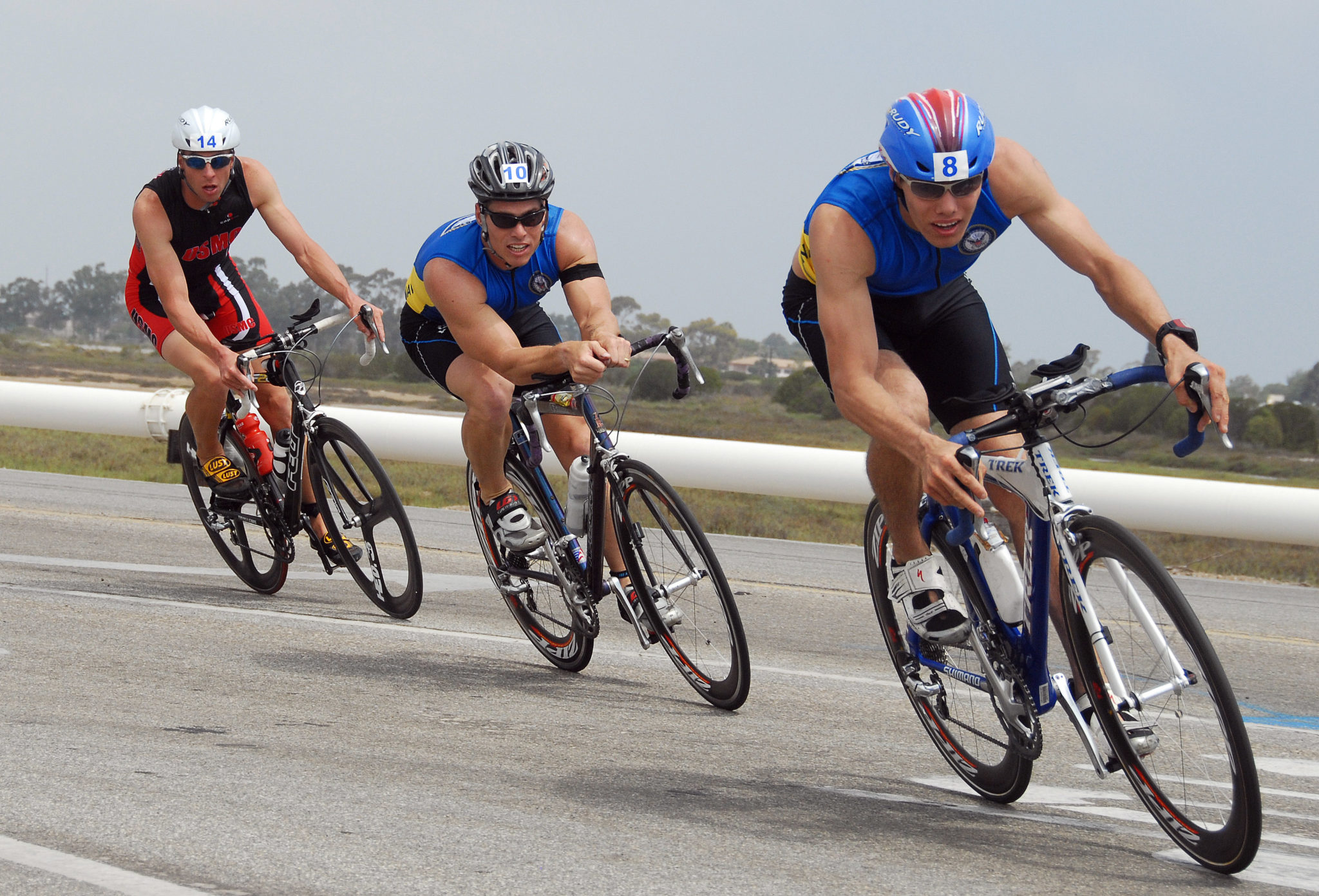The weather is finally improving and you just signed up for your first triathlon, or maybe it’s just something that’s always been on your bucket list. That is how it started for me. I have experience competing in marathons/half-marathons. Over the last few years I have gotten more involved in sprint and Olympic distance triathlons and have most recently begun training for an Ironman which at 140+ miles, is the pinnacle of the sport. Whether you are an experienced endurance runner who is tired of dealing with injuries, a fun run/5k enthusiast looking or a change of pace, or a complete novice to all of the above, triathlon is an amazing sport for beginners and seasoned veterans alike. As with any event like this, progression is key. Gradually increase mileage over the course of a few months to avoid injury. Here are some things to keep in mind as you begin your training
Swim Technique
“You can’t win a triathlon on the swim, but you can lose it.” If you were on your high school swim team, Great! If not, find a friend that was. Focus on perfecting your form and technique in the water. It will help to have someone outside the water that can critique your form. Being as efficient as possible will make you a faster and more consistent swimmer, as well as conserve enough energy for the remaining two legs of the race.
Bike
If you know that you are going to be competing in events for years to come, invest in a triathlon bike. A triathlon bike will position you towards the front of the bike in the aerobars. This will put you in a more aerodynamic position, but more importantly, the pedal stroke will focus on utilizing your glutes and hamstrings rather than your quadriceps. This is going to keep the large muscles in your legs as fresh as possible for the upcoming run.
At the very least, invest in a road bike with clipless pedals that fit correctly. If you are training for your first sprint triathlon, focus on keeping your cadence high. Stay in a gear that is comfortable and maintain a steady pace. You should spend very little time out of the saddle. If you are climbing a hill there is no shame in dropping in to a very easy gear (you will pass all of the people standing up “mashing” their pedals halfway up the hill) Remember: Pedal smarter, not harder.
Transition
While practicing all three separate phases of the race, it is just as important to practice your transitions. Going from the bike to the run will work an entire different set of muscles in your legs, and it is important to get used to this transition before race day. Take one day per week to get used to transitioning from swim/bike or bike/run. Keep in mind that on race day the transition area will probably be the most crowded. Slow down while entering and leaving, get a swig of water, an energy shot, get your helmet on/off, and head on your way. **Your helmet must be clipped before mounting your bike in the first transition and remain on until you dismount!
Run
The last phase is the easiest to train for, but always the toughest to get through. If you have time to run twice a week, alternate between interval, and slower long distance runs. Be sure to switch up your route to keep things interesting.
Nutrition
For a sprint distance, I recommend having 2 water bottles (one water, one sport drink) on the bike, and an energy shot in the last transition Don’t forget to hydrate while on the bike. It is more accessible, and will keep you from cramping while running.
Strength Training
Strength training seems to get lost in the world of endurance sports. It plays a key role in injury prevention as well as being able to retain good posture especially in the swim and on the bike. With endurance being your overall goal, make time for the gym twice a week. Even if they are short workouts, a strong core is absolutely crucial for all 3 phases of the race. Exercises like the lateral raise, and lateral pull will help with shoulder and back mobility/flexibility (which is important to avoid swimming injuries) Squats are also a great way to improve your power on the bike. I also work at a bike shop and I know that the amount of money you can spend to upgrade a bike is limitless. However the best upgrade you can make to a bike is the engine (YOURSELF) so don’t skimp in the gym, and be sure to put in enough miles to prepare for race day. Good Luck!


